-
Executive Summary
-
Scope of the Report
-
Market Definition
-
Scope of the Study
-
List of Assumptions
-
Markets Structure
-
Market Research Methodology
-
Research
-
Process
-
Primary Research
-
Secondary Research
-
Market Size
-
Estimation
-
Forecast Model
-
Market Factor Analysis
-
Supply
- Raw Material Suppliers
- Manufacturers/Producers
- Distributors/Retailers/Wholesalers/E-Commerce Merchants
- End-Use Industries/Type
-
Chain Analysis
-
of Specialty Glass
-
Porter’s Five Forces Model
- Intensity of Competitive Rivalry
- Bargaining Power of Suppliers
- Bargaining
-
Threat of New Entrants
-
Threat of Substitutes
-
Power of Buyers
-
Pricing Analysis
-
Market Dynamics of Global Specialty
-
Glass Market
-
Introduction
-
Drivers
-
Restraints
-
Opportunities
-
Challenges
-
Global Specialty Glass Market, Material
-
Type
-
Introduction
-
Borosilicate Glass
- Market Estimates
- Market Estimates & Forecast, by Region,
-
& Forecast, 2020–2027
-
Aluminosilicate Glass
- Market Estimates &
- Market Estimates & Forecast, by Region,
-
Forecast, 2020–2027
-
Soda-Lime Glass
- Market Estimates & Forecast,
- Market Estimates & Forecast, by Region, 2020–2027
-
Alkali-lead Silicate Glass
- Market Estimates & Forecast, 2020–2027
- Market Estimates & Forecast, by Region, 2020–2027
-
Ceramic
- Market Estimates & Forecast, 2020–2027
- Market
-
Glass
-
Estimates & Forecast, by Region, 2020–2027
-
Others
- Market Estimates &
-
Market Estimates & Forecast, 2020–2027
-
Forecast, by Region, 2020–2027
-
Global Specialty Glass Market, by End-Use
-
Industry
-
Introduction
-
Electrical & Electronics
- Market Estimates &
-
Market Estimates & Forecast, 2020–2027
-
Forecast, by Region, 2020–2027
-
Construction
- Market Estimates
- Market Estimates & Forecast, by Region,
-
& Forecast, 2020–2027
-
Telecommunications
- Market Estimates & Forecast,
- Market Estimates & Forecast, by Region, 2020–2027
-
Laboratories & Pharmaceuticals
- Market Estimates & Forecast,
- Market Estimates & Forecast, by Region, 2020–2027
-
Others
- Market Estimates & Forecast, 2020–2027
-
Market Estimates & Forecast, by Region, 2020–2027
-
Global Specialty
-
Glass Market, by Region
-
Introduction
-
North America
- Market Estimates &
- Market Estimates & Forecast,
- US
- Canada
-
Market Estimates & Forecast, 2020–2027
-
Forecast, Material Type, 2020–2027
-
by End-Use Industry, 2020–2027
-
& Forecast, 2020–2027
-
Type, 2020–2027
-
Europe
- Market Estimates & Forecast, 2020–2027
- Market
- Germany
- France
- Italy
- Spain
-
Market Estimates & Forecast, Material Type, 2020–2027
-
Estimates & Forecast, by End-Use Industry, 2020–2027
-
& Forecast, Material Type, 2020–2027
-
Forecast, by End-Use Industry, 2020–2027
-
Estimates & Forecast, 2020–2027
-
Material Type, 2020–2027
-
End-Use Industry, 2020–2027
-
& Forecast, 2020–2027
-
Type, 2020–2027
-
Market Estimates & Forecast, by End-Use Industry, 2020–2027
-
UK
-
Estimates & Forecast, Material Type, 2020–2027
-
& Forecast, by End-Use Industry, 2020–2027
-
Market Estimates & Forecast, 2020–2027
-
Forecast, Material Type, 2020–2027
-
by End-Use Industry, 2020–2027
-
& Forecast, 2020–2027
-
Type, 2020–2027
-
Industry, 2020–2027
-
Forecast, 2020–2027
-
Market Estimates & Forecast, 2020–2027
-
Market
-
Market Estimates
-
Russia
-
Market Estimates &
-
Market Estimates & Forecast,
-
Poland
-
Market Estimates
-
Market Estimates & Forecast, Material
-
Market Estimates & Forecast, by End-Use
-
Asia-Pacific
- Market Estimates &
- Market Estimates & Forecast, Material Type,
- Market Estimates & Forecast, by End-Use Industry,
- China
-
Market Estimates & Forecast, by End-Use Industry, 2020–2027
-
India
-
Market Estimates & Forecast, Material Type, 2020–2027
-
Estimates & Forecast, by End-Use Industry, 2020–2027
-
& Forecast, Material Type, 2020–2027
-
Forecast, by End-Use Industry, 2020–2027
-
Market Estimates & Forecast, 2020–2027
-
Forecast, Material Type, 2020–2027
-
by End-Use Industry, 2020–2027
-
Estimates & Forecast, 2020–2027
-
Material Type, 2020–2027
-
End-Use Industry, 2020–2027
-
Estimates & Forecast, 2020–2027
-
Material Type, 2020–2027
-
End-Use Industry, 2020–2027
-
Market Estimates & Forecast, 2020–2027
-
Forecast, Material Type, 2020–2027
-
by End-Use Industry, 2020–2027
-
& Forecast, 2020–2027
-
Type, 2020–2027
-
Market Estimates & Forecast, 2020–2027
-
Market
-
Japan
-
Market Estimates & Forecast, 2020–2027
-
Market Estimates
-
Market Estimates &
-
Australia
-
Market Estimates &
-
Market Estimates & Forecast,
-
New Zealand
-
Market
-
Market Estimates & Forecast,
-
Market Estimates & Forecast, by
-
Rest of Asia-Pacific
-
Market
-
Market Estimates & Forecast,
-
Market Estimates & Forecast, by
-
Middle East & Africa
- Market Estimates &
- Market Estimates & Forecast,
- Turkey
- Israel
- South Africa
-
Market Estimates & Forecast, by End-Use Industry, 2020–2027
-
GCC
-
Estimates & Forecast, Material Type, 2020–2027
-
& Forecast, by End-Use Industry, 2020–2027
-
East & Africa
-
Market Estimates & Forecast, 2020–2027
-
Market
-
Market Estimates
-
Rest of the Middle
-
Market Estimates & Forecast, 2020–2027
-
Market Estimates & Forecast, Material Type, 2020–2027
-
Market Estimates & Forecast, by End-Use Industry, 2020–2027
-
Latin
- Market Estimates & Forecast, 2020–2027
- Market
- Market Estimates
- Brazil
- Argentina
- Mexico
- Rest of Latin America
-
America
-
Estimates & Forecast, Material Type, 2020–2027
-
& Forecast, by End-Use Industry, 2020–2027
-
Market Estimates & Forecast, 2020–2027
-
Forecast, Material Type, 2020–2027
-
by End-Use Industry, 2020–2027
-
& Forecast, 2020–2027
-
Type, 2020–2027
-
Market Estimates & Forecast, by End-Use Industry, 2020–2027
-
Competitive
-
Landscape
-
Introduction
-
Market Key Strategies
-
Key Development
-
Analysis
-
(Expansions/Mergers & Acquisitions/Joint Ventures/New Product
-
Developments/Agreements/Investments)
-
Company Profiles
-
Nippon
- Company Overview
- Financial Overview
- Products Offered
- Key Developments
- SWOT Analysis
- Key Strategies
-
Sheet Glass Co., Ltd
-
AGC Inc.
- Company Overview
- Products Offered
- Key Developments
- SWOT Analysis
- Key Strategies
-
Financial Overview
-
Guardian Industries
- Company Overview
- Financial Overview
- Products Offered
- Key Developments
- SWOT Analysis
- Key Strategies
-
Corning Inc.
- Company Overview
- Financial Overview
- Products Offered
- Key Developments
- SWOT Analysis
- Key Strategies
-
Saint-Gobain S.A.
- Company Overview
- Financial Overview
- Products Offered
- Key Developments
- SWOT Analysis
- Key Strategies
-
Borosil Glass Works
- Company Overview
- Financial Overview
- Products
- Key Developments
- SWOT Analysis
- Key Strategies
-
Ltd.
-
Offered
-
Technical Glass & Aluminium Co. L.L.C
- Company Overview
- Financial Overview
- Products Offered
- Key Developments
- SWOT Analysis
- Key Strategies
-
Fabricated Glass Specialties,
- Company Overview
- Financial Overview
- Products
- Key Developments
- SWOT Analysis
- Key Strategies
-
Inc.
-
Offered
-
Schott AG
- Company Overview
- Financial Overview
- Products Offered
- Key Developments
- SWOT Analysis
- Key Strategies
-
Technical Glass Products
- Company
- Financial Overview
- Products Offered
- SWOT Analysis
- Key Strategies
- Company Overview
- Financial
- Products Offered
- Key Developments
- Key Strategies
-
Overview
-
Key Developments
-
Xinyi Energy Holdings Limited
-
Overview
-
SWOT Analysis
-
Auer Lighting GmbH
- Financial Overview
- Products Offered
- Key Developments
- SWOT Analysis
- Key Strategies
-
Company Overview
-
Appendix
-
-
LIST OF TABLES
-
Global Specialty Glass
-
Market, by Region, 2020–2027
-
North America: Specialty Glass
-
Market, by Country, 2020–2027
-
Europe: Specialty Glass Market,
-
by Country, 2020–2027
-
Asia-Pacific: Specialty Glass Market,
-
by Country, 2020–2027
-
Middle East & Africa: Specialty Glass
-
Market, by Country, 2020–2027
-
Latin America: Specialty Glass
-
Market, by Country, 2020–2027
-
Global Specialty Glass Type Market,
-
by Region, 2020–2027
-
North America: Specialty Glass Type Market,
-
by Country, 2020–2027
-
Europe: Specialty Glass Type Market, by
-
Country, 2020–2027
-
Asia-Pacific: Specialty Glass Type Market,
-
by Country, 2020–2027
-
Middle East & Africa: Specialty Glass
-
Type Market, by Country, 2020–2027
-
Latin America: Specialty
-
Glass Type Market, by Country, 2020–2027
-
Global Specialty Glass
-
End-Use Industry Market, by Region, 2020–2027
-
North America:
-
Specialty Glass End-Use Industry Market, by Country, 2020–2027
-
Table
-
Europe: Specialty Glass End-Use Industry Market, by Country, 2020–2027
-
Asia-Pacific: Specialty Glass End-Use Industry Market, by Country,
-
Middle East & Africa: Specialty Glass End-Use
-
Industry Market, by Country, 2020–2027
-
Latin America: Specialty
-
Glass End-Use Industry Market, by Country, 2020–2027
-
Global
-
Type Market, by Region, 2020–2027
-
Global End-Use Industry Market,
-
by Region, 2020–2027
-
North America: Specialty Glass Market,
-
by Country, 2020–2027
-
North America: Specialty Glass Market,
-
Material Type, 2020–2027
-
North America: Specialty Glass Market,
-
by End-Use Industry, 2020–2027
-
Europe: Specialty Glass Market,
-
by Country, 2020–2027
-
Europe: Specialty Glass Market, Material
-
Type, 2020–2027
-
Europe: Specialty Glass Market, by End-Use Industry,
-
Asia-Pacific: Specialty Glass Market, by Country,
-
Asia-Pacific: Specialty Glass Market, Material Type,
-
Asia-Pacific: Specialty Glass Market, by End-Use Industry,
-
Middle East & Africa: Specialty Glass Market,
-
by Country, 2020–2027
-
Middle East & Africa: Specialty Glass
-
Market, Material Type, 2020–2027
-
Middle East & Africa: Specialty
-
Glass Market, by End-Use Industry, 2020–2027
-
Latin America:
-
Specialty Glass Market, by Country, 2020–2027
-
Latin America:
-
Specialty Glass Market, Material Type, 2020–2027
-
Latin America:
-
Specialty Glass Market, by End-Use Industry, 2020–2027
-
LIST OF FIGURES
-
Global Specialty Glass Market Segmentation
-
Forecast Research
-
Methodology
-
Porter’s Five Forces Analysis of Global Specialty
-
Glass Market
-
Value Chain/Supply Chain of Global Specialty Glass Market
-
Share of Global Specialty Glass Market, by Country, 2020 (%)
-
FIGURE
-
Global Specialty Glass Market, 2020–2027
-
Global Specialty
-
Glass Market Size, Material Type, 2020 (%)
-
Share of Global Specialty
-
Glass Market, Material Type, 2020–2027
-
Global Specialty Glass
-
Market Size, by End-Use Industry, 2020 (%)
-
Share of Global Specialty
-
Glass Market, by End-Use Industry, 2020–2027

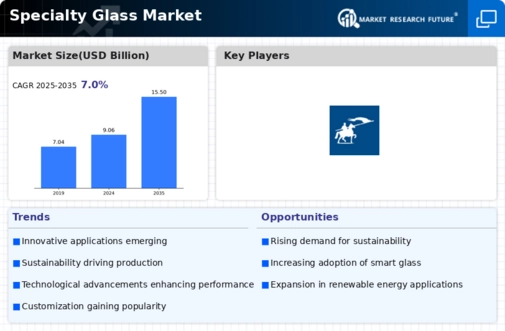
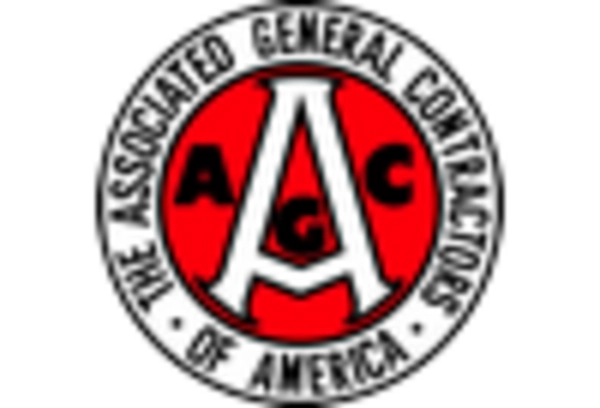
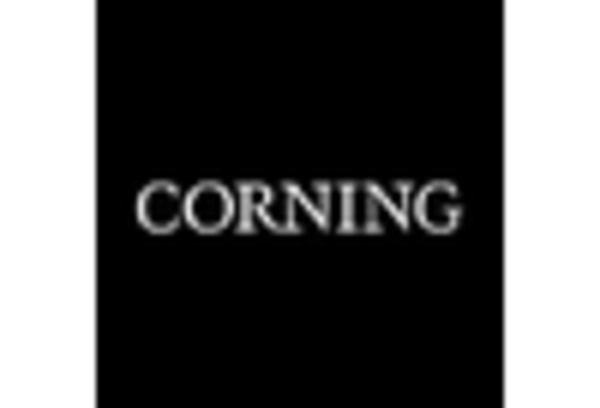
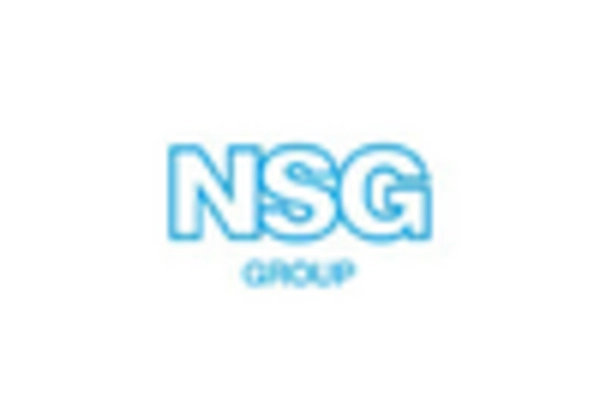
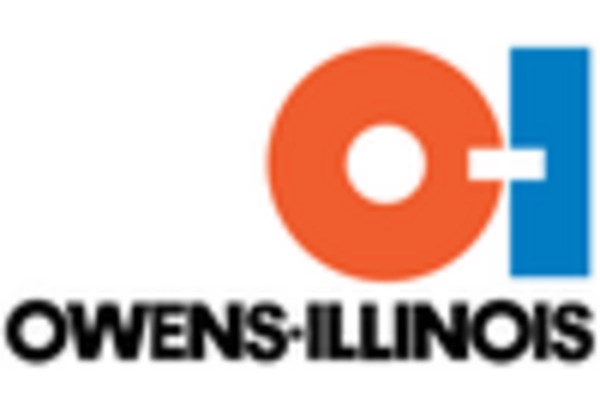

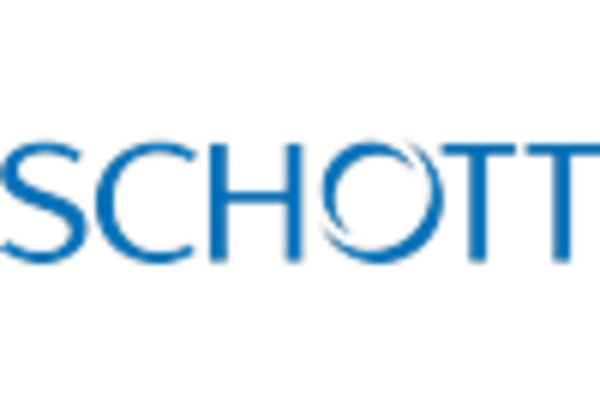









Leave a Comment